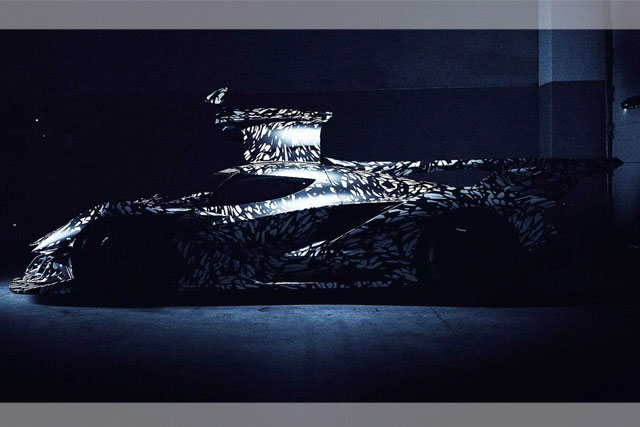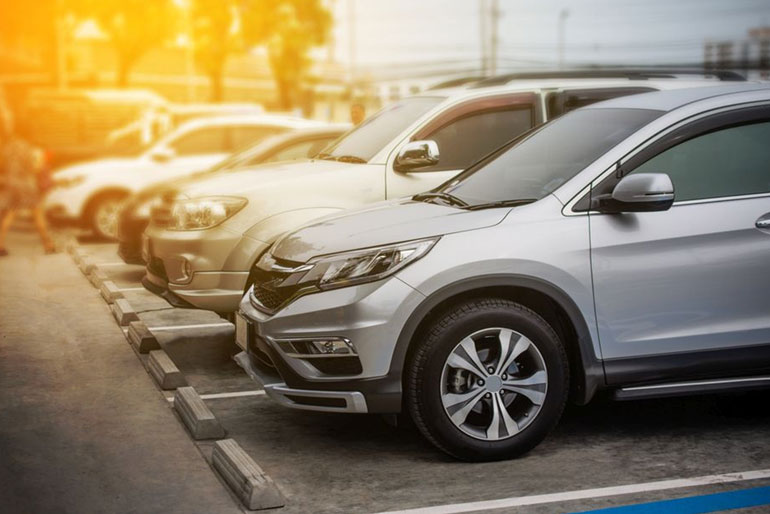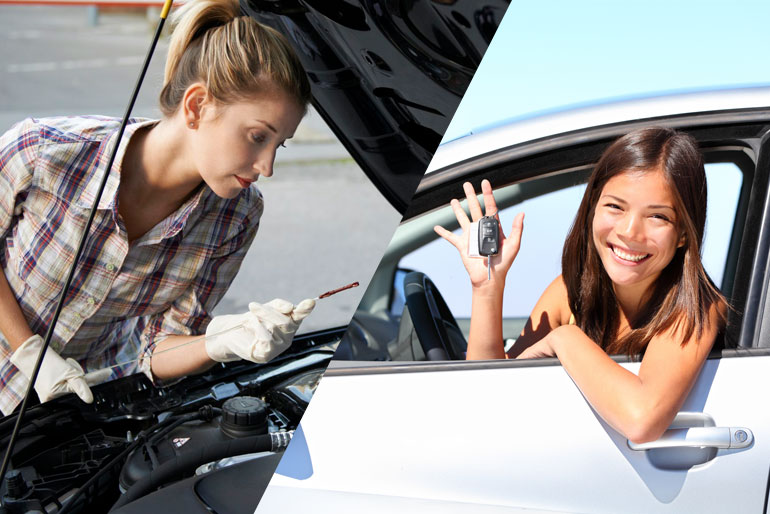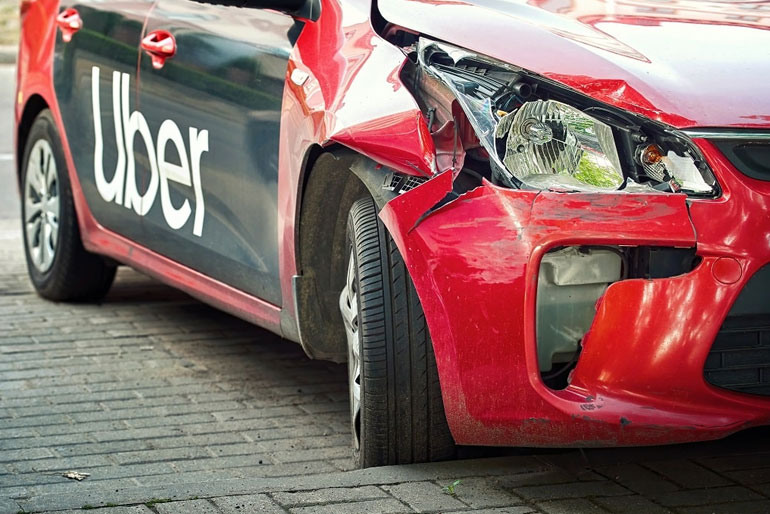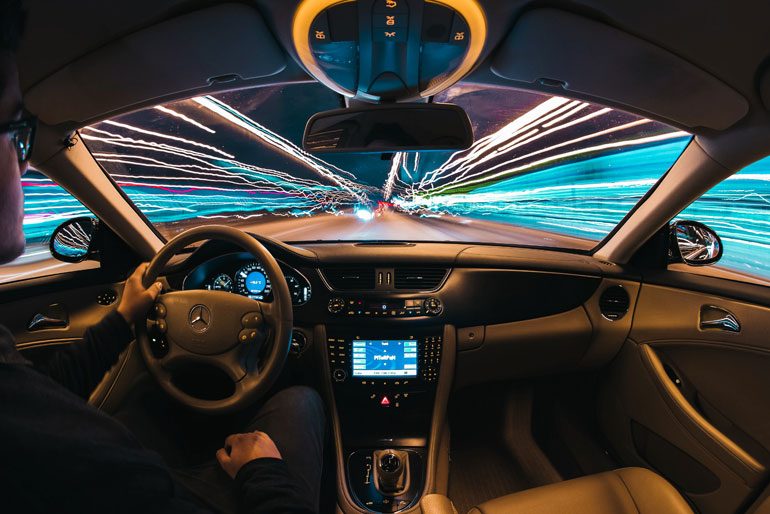Your depth perception, peripheral vision and ability to identify colours are all compromised in the dark, making it harder to drive safely. Add to that, fatigue and the impaired vision of other drivers and you may have a difficult drive ahead of you.
Even if you generally avoid driving in the dark, as the days get shorter you may not have a choice. Fortunately, you will be able to minimise the risk of driving at night with a few good driving practices.
Read on for a few tips to help you drive home safely after dark
Check your lights:
It is illegal to drive even with one non-functioning light and bulbs can go out at any time, so make sure you check all of them routinely. According to the law in New Zealand, if you’re driving at any time between 30 mins after sunset and 30 mins before sunrise the next day, your lights need to be on. It is also mandatory to have them on at any time that you can’t clearly see something that is 100ft away.
Dazzle of headlights:
On rural roads, using your high beams are the best way to improve visibility. But make sure you dip your lights if another car is approaching to avoid dazzling the driver. When you dazzle a driver, you’re impairing their vision and this can be dangerous even if it is just for a few seconds.
Other cars driving in the opposite direction will also be using a high beam so prepare yourself for the glare. Don’t look directly at them to avoid being dazzled yourself. If you’re at the receiving end of a high beam, focus on the white road marker on your left until your vison gets back to normal. This way you can make sure you don’t drive off the road. If you feel that your vision is compromised, slow your car down until you can see clearly. Don’t come to a screeching halt or the driver behind you may crash into you as he or she may also be temporarily blinded by the light.
Clean your windows and windscreen:
Keep your windows clear of dirt, grime and condensation so that you have as much visibility as possible. Heaters often blow hot and grimy air at the windscreen making it harder to see and this also increases glare. If your windscreen fogs up, using your car’s air conditioner can help clear it up.
Prepare for Emergencies:
Keep an updated first aid kit in your car, check it routinely to ensure everything is still usable and in working order. In addition to this a torch, water, an extra set of clothes and a blanket will come in handy. Just in case, carry a spare tyre with you and all the tools required to replace a flat.
Keep your Phone Charged:
It is always advisable to keep your phone fully charged before you set out on a journey. In case of emergencies or even if you need directions, you will need to depend on your phone.
Know when to Pull Over:
If you’re feeling drowsy, tired or you’re blinking a lot then you are losing focus. If things are getting hazy and you can’t make out shapes clearly then it is time to take a break. Pull up at a safe spot and take a nap or check into the next motel you see. Falling asleep at the wheel only spells disaster for everyone in your car and other vehicles on the road.
Stay Alert:
A great way to keep awake is to exercise your eyes as you drive. Don’t stare at the same spot on the horizon continuously, it will make you sleepy. Focus on different things in your line of vision and make sure you fully register those things. Roll down your windows now and then, a short blast of cool air against your face will jolt you awake.
Even if you’re familiar with the route that you’re taking, don’t take it for granted and switch to autopilot. Stay alert because no two journeys are exactly the same.
Don’t Take Risks:
With so few vehicles on the road, it can be incredibly tempting to speed up. But driving at higher speeds gives you much less time to react to unexpected hazards. Pair this with the reduced visibility of night driving and the risk increases considerably. Most modern cars can illuminate the path up to 120 m ahead of you and if something pops up, you will have about four seconds to react. Speeding and ‘driving over your headlights’ reduces this reaction time. So, you may not be able to avoid a person, vehicle or animal that crosses your path.
Watch out for Wildlife:
Animals often take advantage of the reduced traffic to cross at night. The darkness will make it more difficult for you to spot them so keep your eyes peeled. You don’t want to be the reason an animal loses its life and you could also end up injured or your car damage (make sure you have car insurance) and sign up for a roadside rescue service.
Wear a Seatbelt:
Following simple safety guidelines like wearing a seatbelt goes a long way in reducing the potential harm of accidents. Make sure everyone in the car is buckled in and that children are in strapped safely into car seats.
Minimise Distractions:
This is a good rule to follow even during the day. Avoid handling the radio, your phone or anything else while you are driving. Keep distractions to a minimum and concentrate on getting home safely.
Keep your Distance:
Make sure there is plenty of room between you and the car in front of you. This way you have more time and space to react if something unexpected happens. This following distance should be increased at night.
Don’t Drink and Drive:
This may seem like a no brainer but it has to be said because it still happens. If you’ve had a drink, do not drive. Alcohol and drugs impair your vison and judgement so it is best to avoid it if you are about to handle a vehicle that can do so much damage to yourself and to others. Also, if you’re taking any medication, check if it makes you drowsy. If so, have a friend drive for you.
Switch on your Hazard Lights:
If you have car trouble, pull off the road as far as you can. Switch on your hazard lights so other drivers can spot you. At night, being seen is just as important as you being able to see others. Keep your passengers away from the road because oncoming traffic will not be able to see them in the dark.
The risk of driving at night is much more than during the day but it can be done safely. When it comes to driving, it is always better to err on the side of caution.


